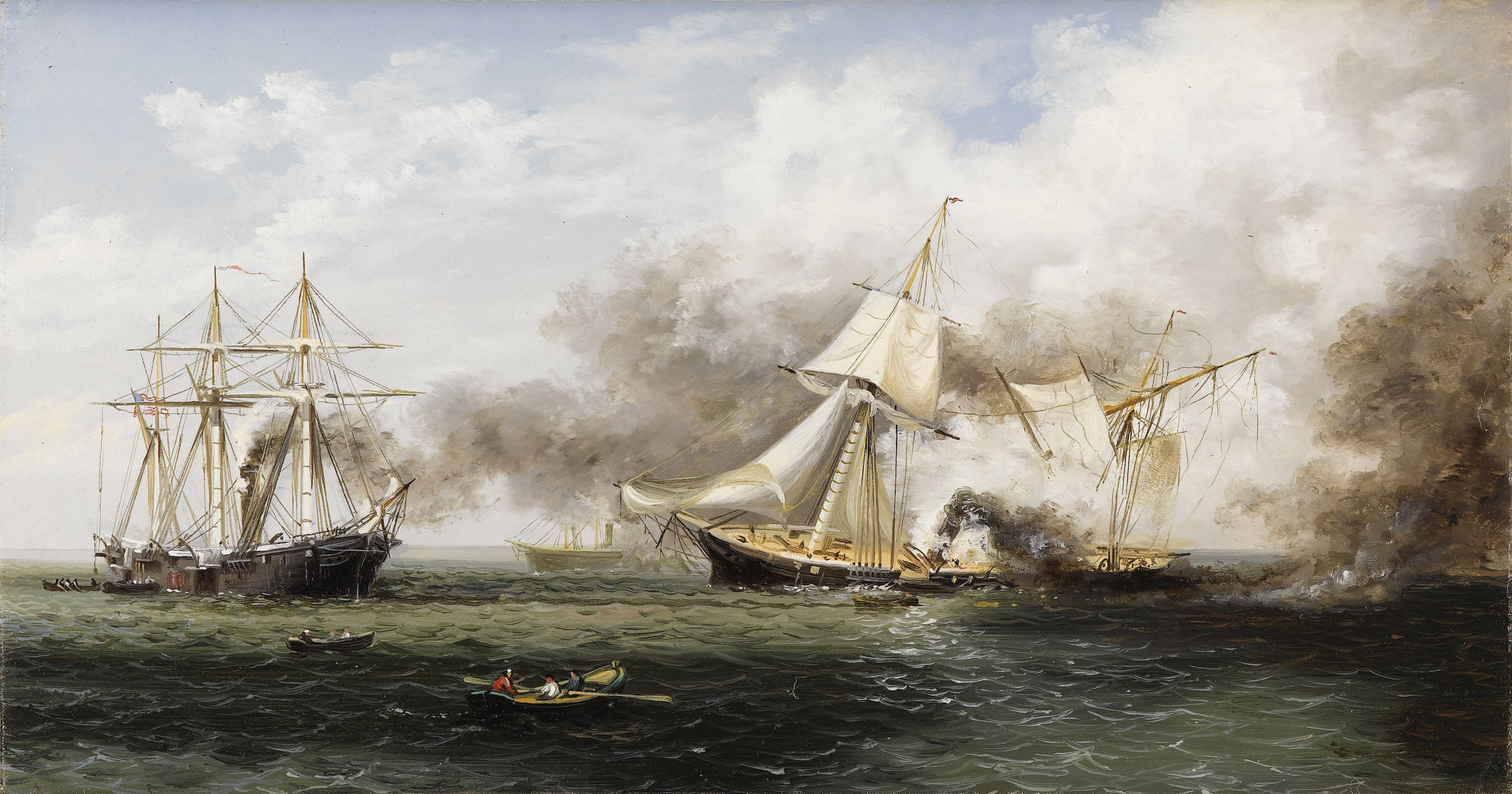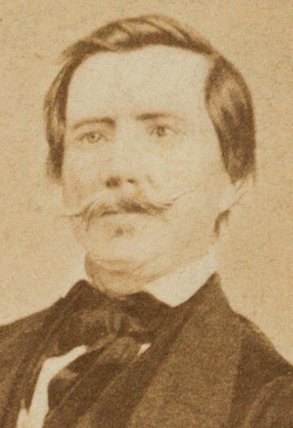
By Jim O’Neal
By the time Abraham Lincoln was inaugurated in March 1861, seven of the Southern slaveholding states had seceded from the Union before even hearings his inaugural address. In it, he declared, “I have no purpose, directly or indirectly, to interfere with the institution of slavery in the states where it exists. I believe I have no lawful right to do so, and I have no inclination to do so.”
During the run-up to the 1860 election, Lincoln had chosen not to actively campaign and simply refused to comment on the issue of slavery. However, his Democratic opponent, Stephen A. Douglas (the “Little Giant”) campaigned across the country. In the South, he denounced threats of secession, but warned that Lincoln’s election would inevitably lead to that tragic end.

I have often wondered if the Civil War could have been averted if Lincoln had taken his inaugural speech to the South before the election or if a civil war was the only alternative to end slavery permanently. I suspect emotions were too high and that many actually hoped for a war, especially after all the heated rhetoric in places like South Carolina.
It became a moot point when barely a month later on April 12, 1861, Confederate forces fired on the Union garrison Fort Sumter and forced it to surrender. Now president, Lincoln announced that part of the United States was in a state of insurrection and issued a call for military volunteers. Four states – Virginia, Tennessee, Arkansas and North Carolina – refused to provide troops and instead joined the Confederacy.
As positions hardened, Lincoln proclaimed a naval blockade against the seceded states, however, this was a futile effort since the Navy only had 42 ships to monitor 3,500 miles of Confederate coastline. They started chartering ships for blockade duty and soon there were 260 warships in service. Their task was made easier since the Confederate “Navy” consisted of 10 river craft armed with a total of 15 guns and not a single ship on the high seas.
Even the South’s military mobilization was devoted almost exclusively to ground forces since this was clearly the most urgent short-term priority.
However, one man was determined to change that. His name was Raphael Semmes (1809-1877) from Mobile, and following Alabama’s secession from the Union, Semmes was offered a Confederate naval appointment. He resigned from the U.S. Navy the next day, Feb. 15, 1861, and set off to the interim Confederate capital of Montgomery. There, he met with Jefferson Davis – the newly inaugurated president of the Confederate States of America – and Stephen R. Mallory, Secretary of the Navy. He outlined his plan to take the war to the enemy … not the federal Navy (that was too large to challenge), but to the U.S. merchant fleet.
In 1861, the U.S. Merchant Marine was the largest in the world. No one surpassed the skill and ingenuity of Yankee shipwrights in the design and construction of wooden vessels. America’s carrying trade had steadily increased in the 1840s-50s, fueled by the discovery of gold in California, treaty ports in Japan and China, and the whaling fleet that operated from the North Atlantic to the Bering Straits.
Semmes theory was that if Confederate cruisers could disrupt the merchant marine, the powerful shipping interests in the North would force the Lincoln administration to reconcile with the South and end the war. After studying naval commander John Paul Jones, the American Revolution, and the War of 1812, Semmes was convinced a weak naval power could neutralize the merchant marine of a more powerful adversary.
President Davis approved the concept and thus launched the career of Raphael Semmes as one of the greatest commerce-raider captains in naval history. Along the way, he traveled 75,000 nautical miles without ever touching a Confederate port and is credited with 64 of the 200-plus Northern merchantmen destroyed by Confederate raiders, many as the commander of the cruiser CSS Alabama. (The warship was eventually sunk in battle with the USS Kearsarge in 1864.)
Fittingly, he is a member of the Alabama Hall of Fame and a monument by sculptor Caspar Buberl (1834-1899) still stands proudly in Mobile … unless, of course, Monument Marauders figure out who he was.
 Intelligent Collector blogger JIM O’NEAL is an avid collector and history buff. He is president and CEO of Frito-Lay International [retired] and earlier served as chair and CEO of PepsiCo Restaurants International [KFC Pizza Hut and Taco Bell].
Intelligent Collector blogger JIM O’NEAL is an avid collector and history buff. He is president and CEO of Frito-Lay International [retired] and earlier served as chair and CEO of PepsiCo Restaurants International [KFC Pizza Hut and Taco Bell].
